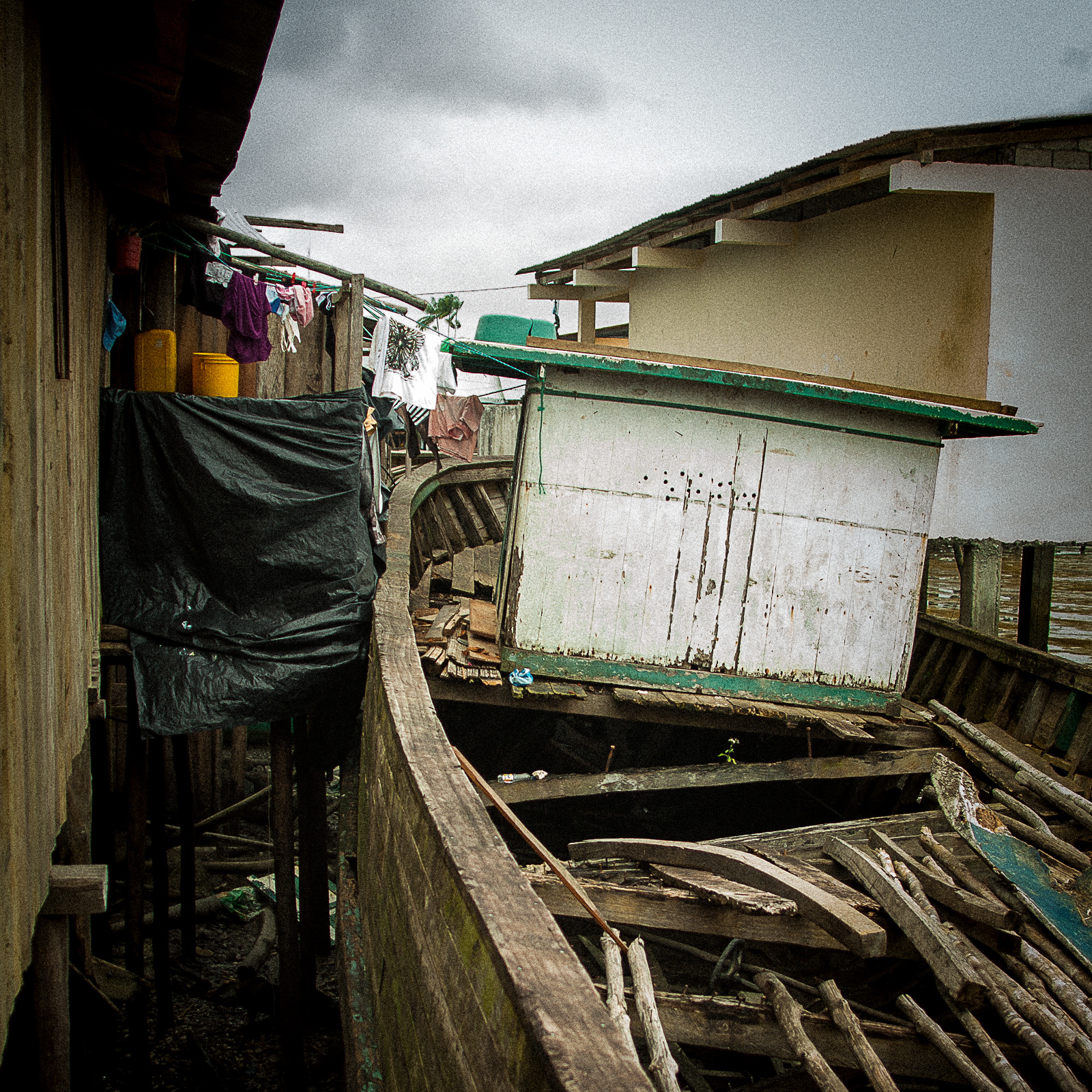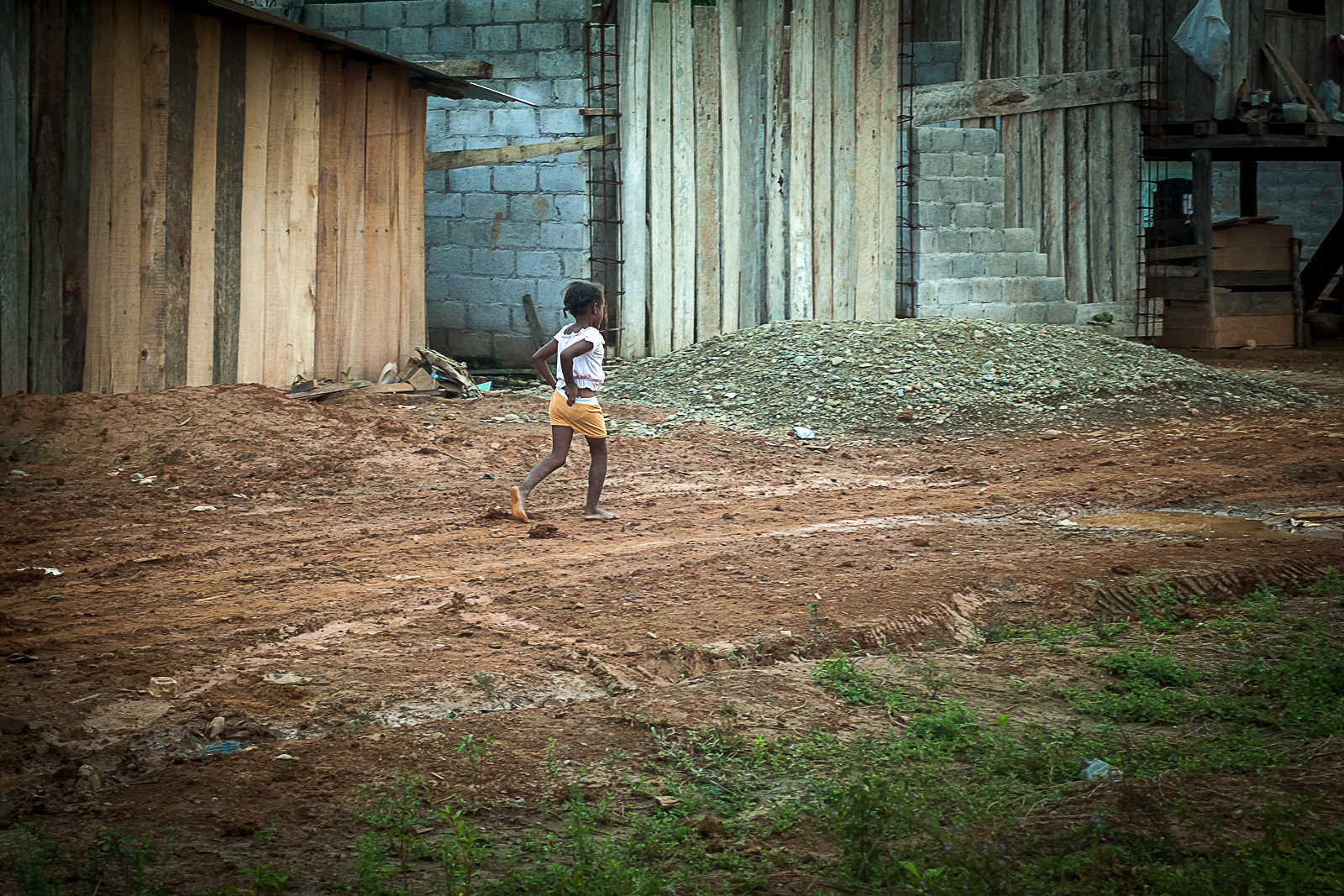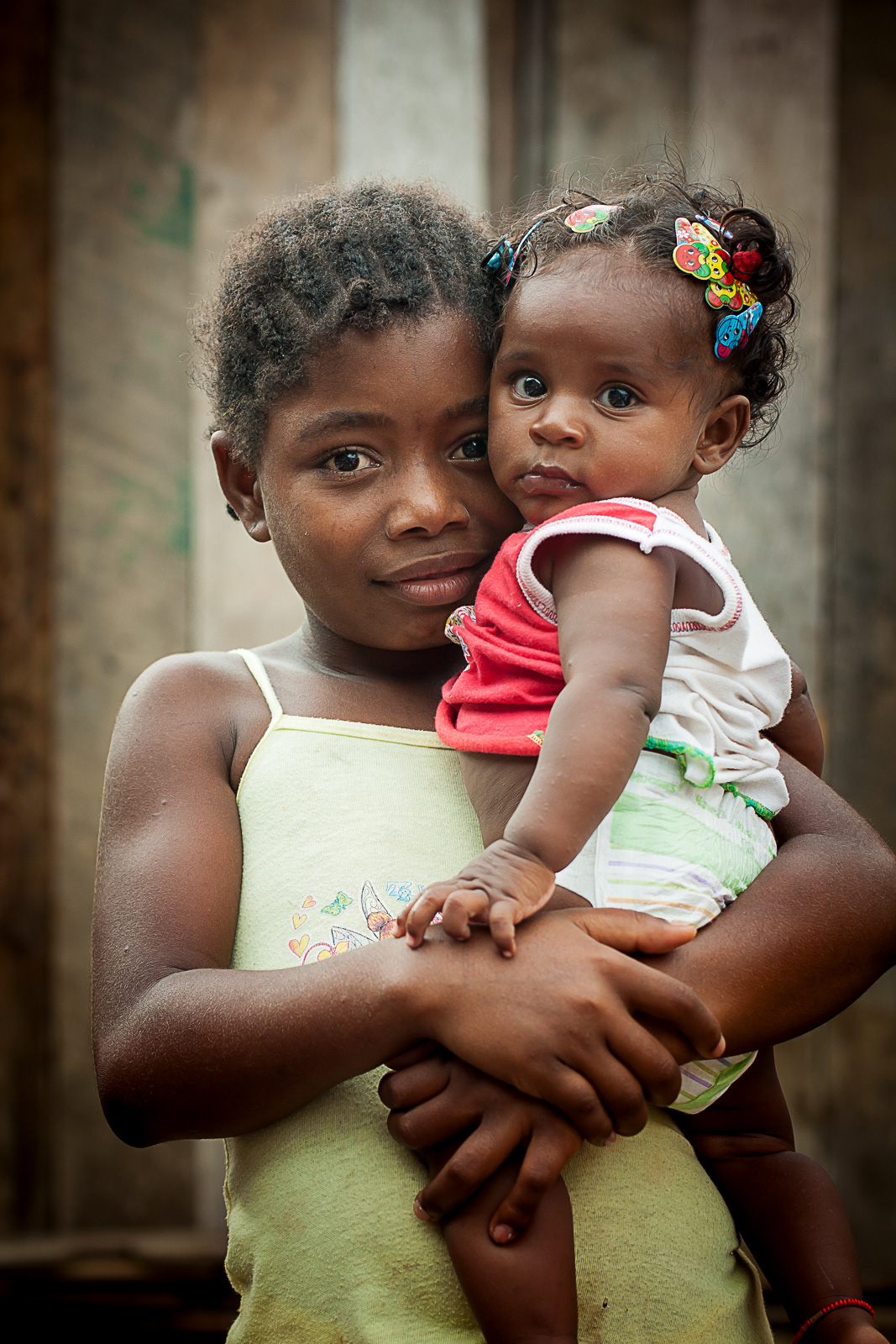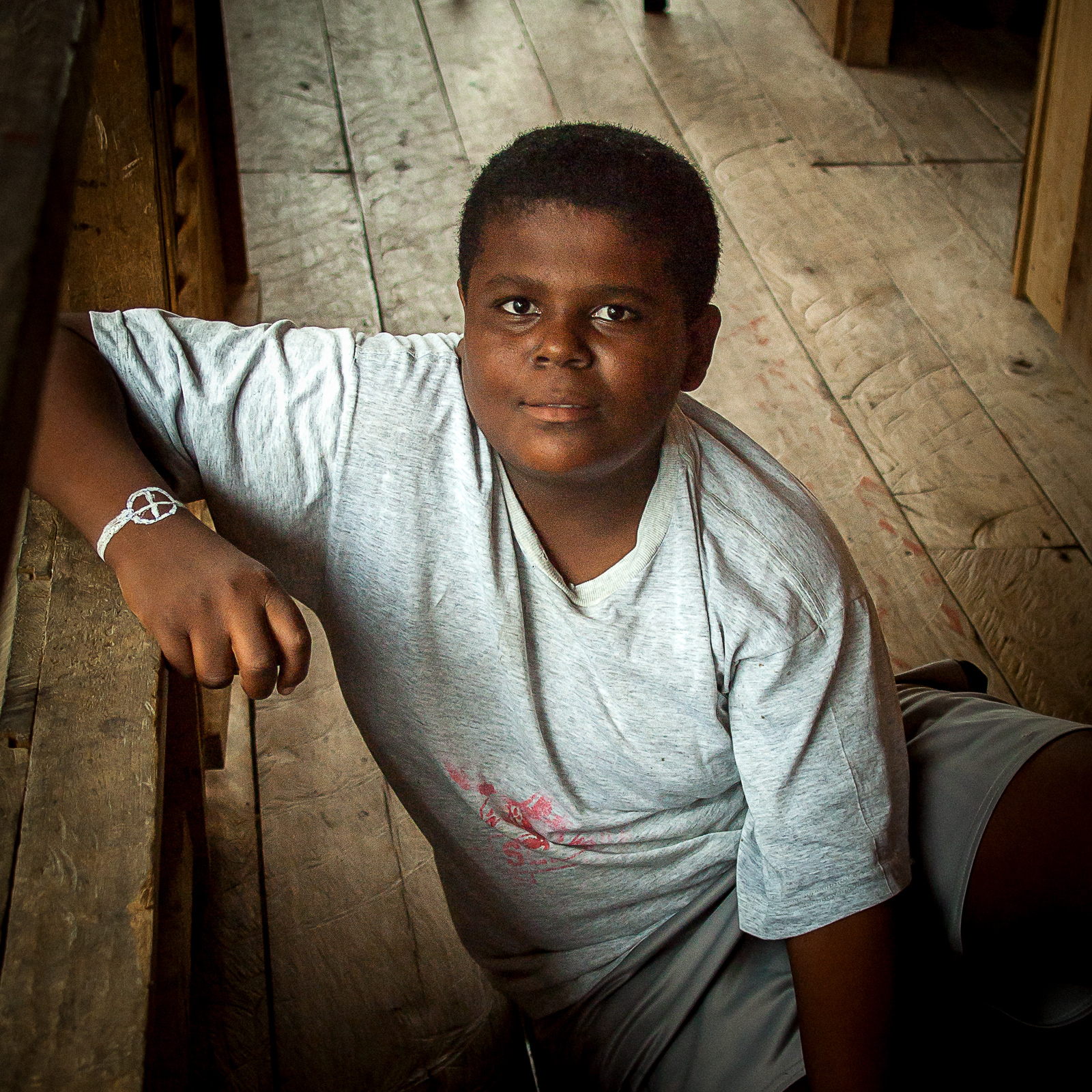






















Unfortunately, in many cases the vulnerability of Colombian women does not end when fleeing to a neighbouring country such as Ecuador, but continues during processes of displacement and integration. Like other survivors of political violence in low-income settings, Colombian refugee women in Ecuador are not only faced with overwhelming psychological stress of past experiences, but also with poverty related pressures and risks on daily basis. Despite the fact that Ecuador's refugee protection system is considered one of the most progressive in Latin America, living conditions continue to be very challenging. Especially along the northern border security concerns for women are high and as the UNHCR does not have any refugee camps in Ecuador, fleeing Colombians must make it on their own, facing difficulties such as unemployment, unsafe housing and the lack of access to food, water and health care. Basic needs are even lacking for the majority of the local population and gender related homicide, kidnapping, human trafficking, sexual violence and (forced) prostitution is daily business.








By focusing on positive and successful stories this projects aims to contribute to future humanitarian schemes and policies focusing on promoting solutions, strengths and hope rather than problems and negativity.



